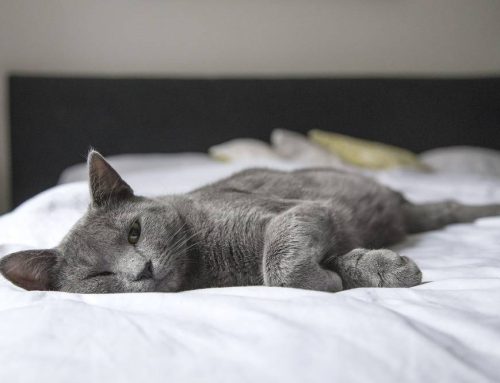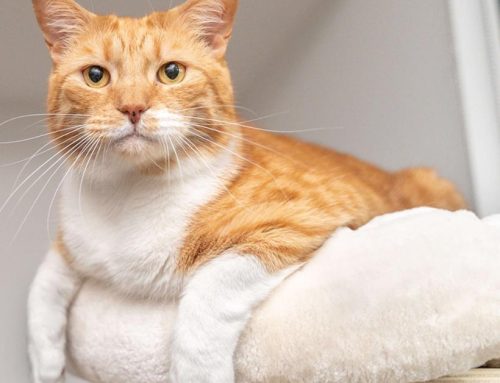The good part of feline ownership revolves around the benefits that we
get from living alongside them. They give us the warmth we need – mentally and physically!
There is always a downside to any relationship however,
and living with a feline has a few. However, as living with
people also has some challenges, it all needs to be kept in
puurrrspective!
Allergies and asthma from cat dander and saliva are the
major problems for humans. 3 – 10% of the human population
is allergic to the cat allergen Fel d1. In fact, the allergy
often runs in families. Fel d1 is also associated with being
allergic to dogs and other things such as dustmites as well.
Now for the interesting bit, 1 in 3 people who are allergic
to cats keep one in their house! Clearly, for these people
the benefits outweigh the problems!
Allergies to cats can be contact allergies, but treatment –
medication and desensitisation – can assist.
An allergic asthma reaction is a different matter however
as reactions can be fatal. Asthma is a lung response to
allergens which goes beyond discomfort as the sufferer
cannot get air. It is possible to desensitise asthmatics to
cats, but in general the cat has to be removed during the
process to prevent the sufferer being overwhelmed.
There is evidence, however, that young children living
closely with a cat can reduce the incidence of asthma in
them, as, once again, a tolerance to Fel d1 can develop.
How do the 30% of allergic people live with their cats?
By reducing the amount of allergen in the environment.
Washing the cat in special shampoos that remove some
of the oils helps a lot. Starting when the kitten is young
means that there is not as much cat dander around, and
the amount in the environment takes longer to build up,
effectively desensitising, but usually only to that one cat.
However, it means that eventually you will not have to
wash the cat as often. The other strategies are to wear one
set of clothes while playing with the cat, and wash that
regularly, so only some clothes are highly contaminated.
Washing hands after playing with the cat is important,
and wearing a face mask or protective glasses if highly
allergic helps. HEPA vacuuming regularly AND wiping all
flat surfaces (including the tops of door and picture rails)
keeps the load down too. And maintaining the bedroom
‘cat free’ allows for more restful sleep.
Having said all that, it would seem that your attitude to
cats is just as big an influence on your allergies as the
presence of Fel d1. People report an instant reaction to
cat hair, when it actually, medically, takes 15 – 30 minutes
of exposure for a reaction to occur. And similarlythey report
an instant relief when the cat departs, when it takes 4
– 6 months for the dander to go. 10% of people who give
cats away because of allergies, have another cat at home.
And as mentioned, 30% of people with allergies keep
their cat anyway. Make of it what you will, but the mind
would seem to be in control of the matter here!







